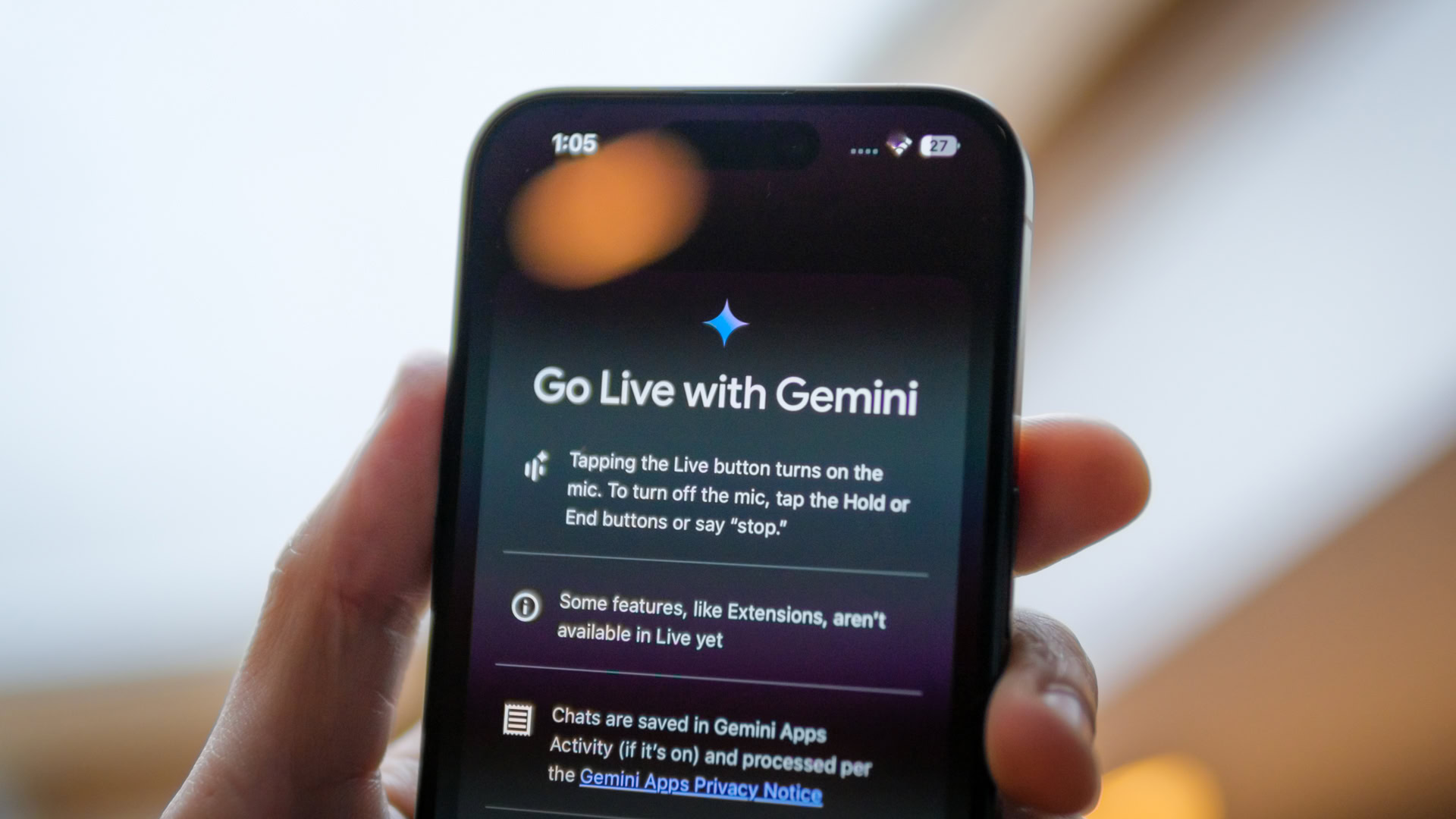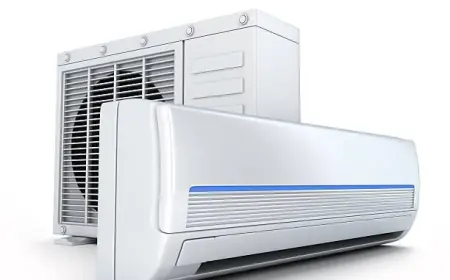Champagne Market Gains Popularity Through Flavor Innovation
Global Champagne Market was valued at USD 7.2 billion. Between 2023 and 2032, this market is estimated to register the highest CAGR of 6.2%.
Overview
Global Champagne Market was valued at USD 7.2 billion. Between 2023 and 2032, this market is estimated to register the highest CAGR of 6.2%.
The champagne market refers to the global industry that produces, markets, and sells champagne, a sparkling wine that originates from the Champagne region in France. This market includes various stakeholders such as vineyards, producers, distributors, and retailers who work together to bring champagne to consumers. The market is driven by the reputation and heritage of champagne as a luxury and celebratory drink, which continues to attract consumers worldwide.
In recent years, the champagne market has experienced growth due to increasing disposable incomes and a growing inclination towards premium alcoholic beverages. The market is also influenced by trends such as the rising demand for vintage and rosé champagnes. Additionally, the expansion of e-commerce platforms has made it easier for consumers to purchase champagne, further driving market growth. Marketing efforts often focus on the exclusivity and craftsmanship associated with champagne, appealing to consumers seeking high-quality and prestigious products.
However, the champagne market faces challenges, including competition from other sparkling wines like prosecco and cava, which are often more affordable. Economic downturns can also impact consumer spending on luxury items like champagne. Moreover, the industry must navigate issues related to sustainability and climate change, which affect grape production. Despite these challenges, the market remains robust, with ongoing innovations and marketing strategies aimed at maintaining champagne’s status as a preferred choice for celebrations and special occasions.
Key Market Segments
Based on Product
-
Prestige Cuvee
-
Blanc De Noirs
-
Blanc De Blancs
-
Rose Champagne
-
Brut Champagne
-
Demi-Sec
Based on Distribution Channel
-
On-Trade
-
Off-Trade
Download a sample report in MINUTES@https://market.us/report/champagne-market/request-sample/
The Champagne market is segmented by product into Blanc de Noirs, Blanc de Blancs, Prestige Cuvee, Rose Champagne, Brut Champagne, and Demi-Sec. In 2022, Blanc de Blancs led the market with a 25% revenue share and is expected to maintain the largest market share in the forecast period.
Based on distribution channels, the market is divided into on-trade and off-trade segments. The off-trade segment dominated the market in 2022 with a 75% revenue share, driven by the high visibility of shops as primary buying sources for consumers globally.
Market Key Players
-
Moët Hennessy USA
-
LANSON-BCC
-
Vranken – Pommery Monopole
-
Champagne Laurent-Perrier S.A.S.
-
Pernod Ricard
-
Rémy Cointreau
-
The Centre Vinicole – Champagne Nicolas Feuillatte
-
Martel
-
Louis Roederer
-
Taittinger
-
Champagne Krug
-
Other Key Players
Drivers: The Champagne market is growing due to changing lifestyles and the rising popularity of vintage wines. Rapid urbanization has led to an increase in bars and restaurants, while airlines like Lufthansa and Emirates offer vintage wines to business-class travelers. Consumers are shifting towards luxury lifestyles, boosting demand for Champagne. Manufacturers are also using organic, natural, and vegan ingredients to meet consumer preferences. Additionally, people are spending more on casual drinking for events like birthdays and office parties. The introduction of new flavors like peach, strawberry, and blueberry, along with strong distribution channels in emerging economies, further drives market growth.
Restraints: The market faces challenges due to the high and fluctuating costs of raw materials like various grape varieties. Additionally, the adverse health effects of high Champagne consumption are expected to hinder market development.
What's Your Reaction?
 Like
0
Like
0
 Dislike
0
Dislike
0
 Love
0
Love
0
 Funny
0
Funny
0
 Angry
0
Angry
0
 Sad
0
Sad
0
 Wow
0
Wow
0















































